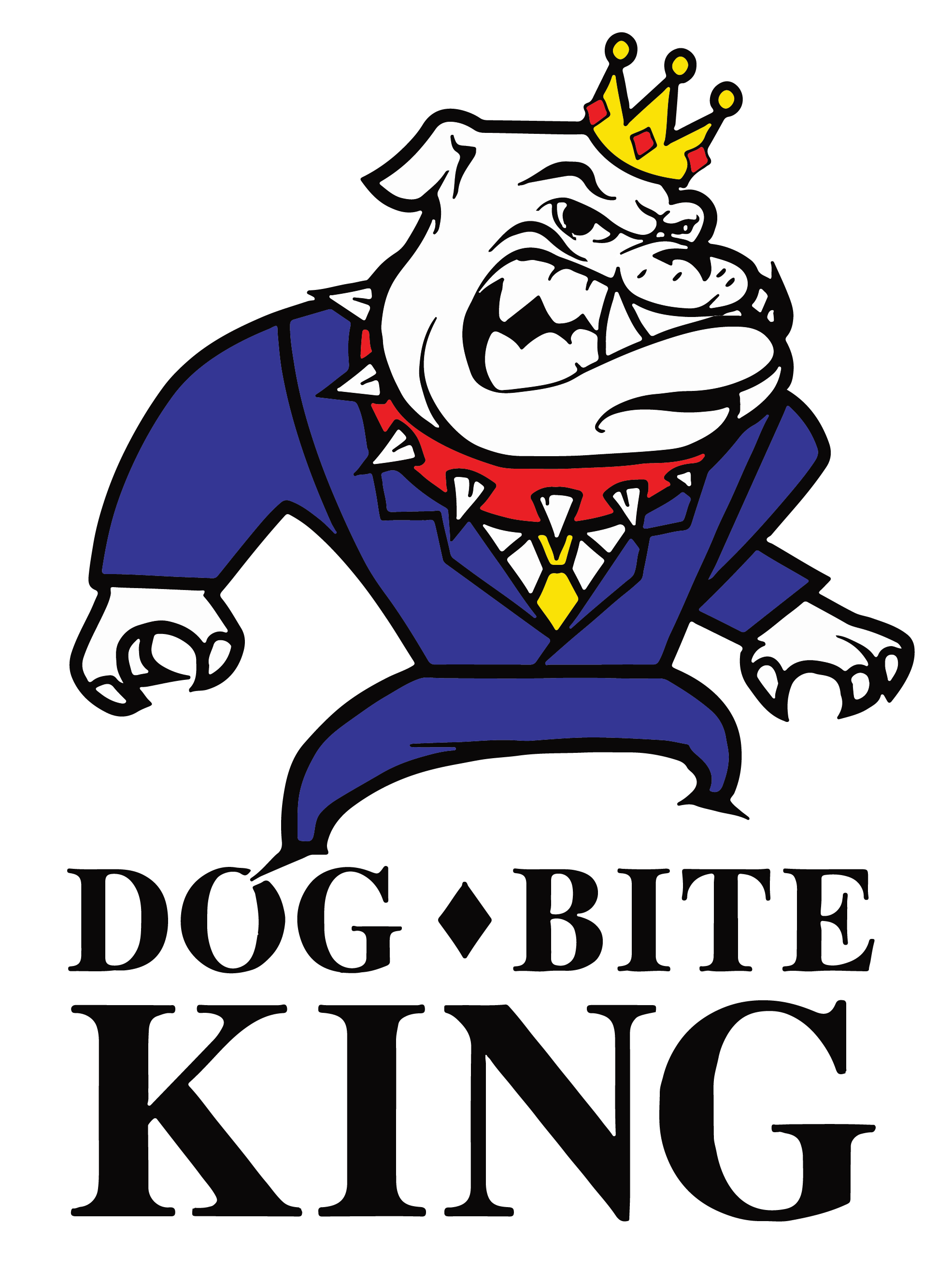Safety Tips When Approaching A Dog
When approaching a dog, it’s crucial to remember that dogs possess individual behaviors, instincts, and regulations distinct from our human viewpoint. Despite our close cohabitation with these animals, our proximity may occasionally inadvertently place us in situations that could be potentially unsafe.
It is essential to acknowledge that, irrespective of their friendly appearance or lack of a history of aggression, dogs can, in certain situations, be provoked to resort to biting. Therefore, owners must undergo training and education to learn the proper ways to interact with dogs, prioritizing prevention to ensure both human safety and the welfare of the animals. This education may involve seeking advice from a veterinarian, understanding command/s, proper supervision, and even learning basic first aid and medical care for dogs when necessary, all contributing to responsible socialization and harmonious coexistence.
Below are some safety tips that will help you understand when a dog might bite and how to avoid ending up in those situations in the first place.
Note: These tips are primarily intended for adults. Please see our Tips to Teach Kids page if you’d like more information on what to teach children about dogs.
General Dog Bite Safety Tips
One of the first steps in preventing dog bites is recognizing situations that can make a dog more likely to bite.
- Respect a dog’s space . Don’t casually place your hands on a dog’s fence or other property. Dogs are territorial by nature and may feel threatened if they don’t know you.
- Protective moms : Don’t interfere with a mother dog taking care of her puppies. She will be very protective of them.
- Dogs that are off leash : If a dog approaches you when it’s off leash, don’t run away and yell or make loud noises. Stand still, with your arms held close to you, and avoid eye contact with the dog.
- Be careful around sick and old dogs . They may be more irritable than a younger one. Approach these dogs with extra caution. It’s just as important to understand the signals dogs use to show us that they’re not happy. They use their bodies to communicate, and we have an entire page dedicated to dog body language . In the meantime, here are just a few clues that indicate a dog is agitated and could bite:
- His tail is held stiff and high and is moving back and forth quickly
- He is looking at you from the corner of his eye, with a lot of the white exposed
- His nose is pulled back and wrinkled
- His lips are pulled back to reveal his teeth
- The hair along his neck and spine is raised His body is tense.
- He is growling or snarling
Edgar Snyder Alleghany PA
Dog Body Language Gives Important Hints
We have to teach dogs to understand our language, and to help prevent dog bites, we should do our best to understand theirs. Dogs use body language – from facial expressions to posture – to communicate how they’re feeling.
The dog bite signs below aren’t intended to be a definitive guide and are only an educational tool to give you some information on dog bite safety. Just because something is or is not mentioned here is not a guarantee that a dog will or won’t bite. The descriptions below are generalizations, and keep in mind that each dog and situation is unique.
The Eyes and Gaze
- Eyes are normal shaped: Dog is probably happy and relaxed
- Eyes are larger than normal: Dog may feel threatened, stressed, or aggressive
- Eyes are smaller than normal: Dog may feel frightened, stressed, or may be in pain
- Dog meets your gaze with relaxed facial expression: Most likely friendly
- Dog stares at you with tense facial expression: May be a threat. It’s best to look away slowly.
- Dog looks at you out of the corners of his eyes, exposing a lot of the whites of his eyes: May be leading up to an aggressive outburst
The Mouth
- Mouth is closed or slightly opened: Dog is likely relaxed and happy
- Lips pulled back with teeth exposed: Dog is probably telling you not to come any closer. However, if the dog has a submissive posture (lowered head, yelping, and whining), this may be a submissive “grin.”
- Lips pulled back and up with mouth open and all teeth exposed: Dog is likely ready to bite
The Ears
- Ears held naturally: Dog is relaxed and happy
- Ears held high and head issigns pointed towards an area of interest: Dog is alert
- Ears pulled slightly back: Dog is probably friendly
- Ears flattened completely back or stuck out to the sides: Dog is likely frightened or submissive
- Ears pulled up high and forward: Dog may be aggressive
Tail
- Tail held in a natural position and wagging gently from side to side: Dog is happy
- Tail moving strongly from side to side or in a circular pattern: Dog is very happy
- Tail lowered or tucked between rear legs: Dog is probably nervous or submissive
- Tail held higher than normal (likely stiff, without movement): Dog is probably aroused
- Tail held stiff and high and rapidly moving back and forth: Dog is probably standing his ground. It may look like he’s happy, but the rest of his body will indicate that he’s not relaxed.
Posture
Dogs generally do one of three things with their body: Stay the same size, try to look smaller, or try to look larger.
- A happy dog will look normal with their weight distributed evenly.
- A scared dog will hunch as though trying to look small. He may lower to the ground or pull back from what is frightening him.
- A submissive dog will also try to look small. His head might be high, however, if he’s greeting another animal or a person.
- A dominant dog will make himself look large. He will stand erect with his muscles tensed. His weight may be distributed over his front legs.
- An aggressive dog will try to look as large as possible, and his posture will be accompanied by other angry signals.
Fur
- Dogs sometimes shed more than normal when they are scared or stressed.
- They will also raise their “hackles” – the fur along their spine – when they are afraid, angry, insecure, nervous, or very excited.
What to Do If You Fear a Dog Will Bite You
If you find yourself in a position where you believe a dog may bite you, you must:
1. Maintain your composure
It’s essential to remain calm when facing a potentially threatening dog. A dog can pick up on your behavior and emotions, so staying composed is vital.
2. Avoid direct eye contact
Refrain from locking eyes with the dog, as it might interpret this as a challenge or threat.
3. Stand your ground
Sudden movements or running can trigger a dog’s instinct to chase, so standing still in place is best.
4. Keep your hands down
Don’t extend your hand or make sudden gestures towards the dog, as this can be misinterpreted.
5. Speak gently
Use a soothing, soft tone when communicating with the dog, avoiding loud or aggressive shouting.
6. Back away slowly
If the dog appears non-aggressive, back away gradually without turning your back to it.
7. Create a barrier
Place an object like a backpack or bicycle between you and the dog to increase the distance.
8. Seek assistance
If the dog persists in showing aggressive behavior or threatens an attack, call for help or find refuge in a secure place, such as a vehicle or building.
9. Refrain from provoking or sudden movements
Avoid actions that could further provoke the dog, like running or shouting.
10. In case of a bite, get medical attention
If the dog bites you, clean the wound with soap and water and promptly seek medical care to prevent infection. Report the incident to the appropriate authorities if necessary.
Remember that the owner of the dog have responsibilities and rights concerning their pets’ behavior, and everyone, including children, should be educated about safe interactions with dogs. Understanding and communicating the appropriate way to play with items such as balls and food is crucial to avoid provoking a dog’s aggressive behavior.
Injured by a Dog Bite in Las Vegas and Have Questions?
Even the most knowledgeable and cautious people can be the victim of a dog bite. If you’ve been injured, we can help answer any legal questions you have about your situation. There are time limits to file a claim, so if you are even considering taking further steps, it’s best to act quickly. Our legal consultations are free – just call 412-776-0475 or fill out the form at the top right of this page.
Source: “Canine Body Language.” ASPCA. April 18, 2014.

